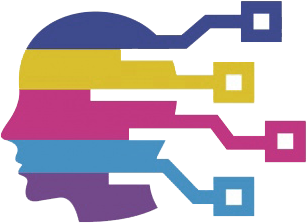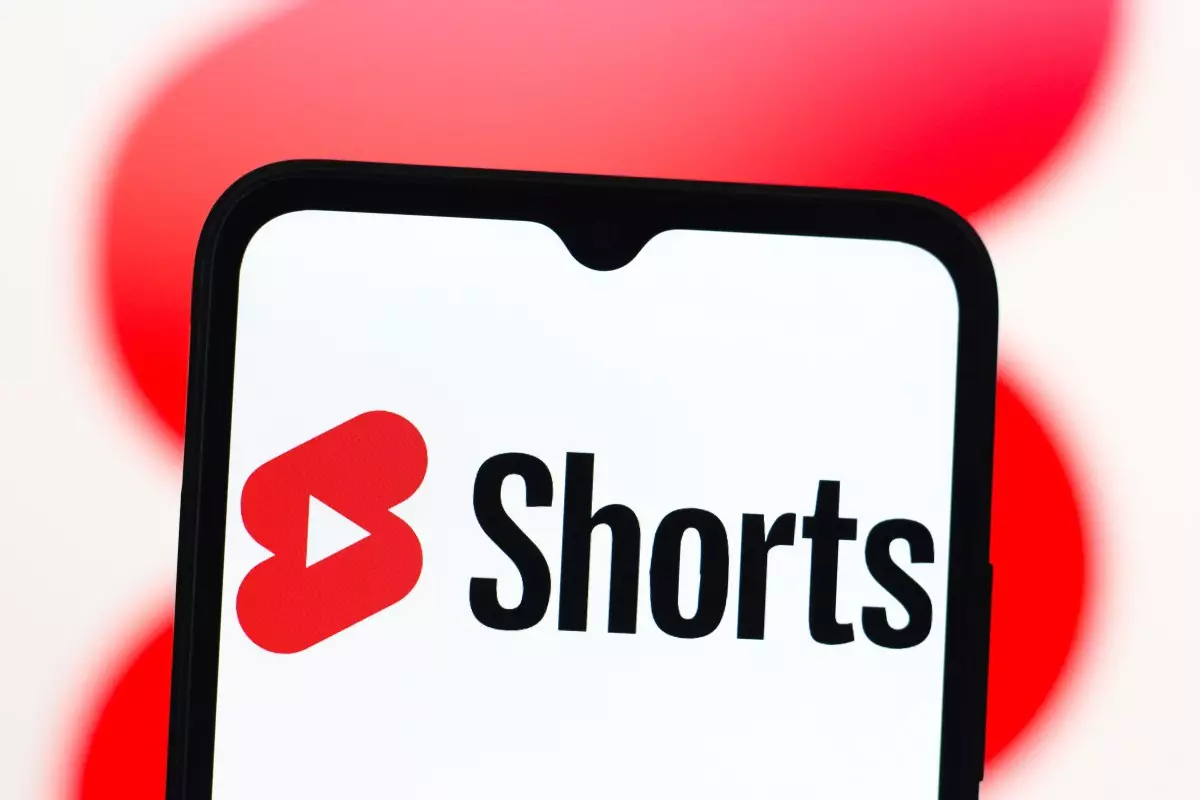YouTube’s latest unveiling at its Made on YouTube event signals a seismic shift in digital content creation. Far from a simple update, this move positions the platform as a trailblazer in integrating artificial intelligence directly into the fabric of its community. By introducing a suite of generative AI tools tailored for Shorts creators, YouTube is not merely catching up with technological trends—it’s redefining how short-form content is conceived, produced, and shared. This bold initiative hints at a future where creativity is exponentially amplified, empowering creators to produce high-quality videos with unprecedented ease and innovation.
The introduction of a customized variant of Google’s Veo 3, dubbed Veo 3 Fast, exemplifies this shift. This streamlined version prioritizes lower latency and accessibility, enabling creators to generate videos with sound rapidly and effortlessly. The focus on low-resolution output at 480p is a strategic choice, recognizing that many Shorts benefit from quick, punchy clips rather than cinematic quality. More importantly, adding sound to these swift creations marks a significant step—sound has long been a cornerstone of engaging content, and its integration into AI-generated clips opens new realms of storytelling.
What elevates this initiative is not just the technological sophistication but the intentionality behind democratizing video creation. Covering early rollouts in regions like the US, UK, Canada, Australia, and New Zealand, YouTube demonstrates a desire to test and refine before broader global adoption. This phased approach is prudent but also reflective of the company’s ambition to lead a universal shift in digital creativity.
Unleashing Imagination: From Still Images to Dynamic Characters
One of the most captivating features in YouTube’s AI arsenal is the ability to animate static images through motion transfer technology. Imagine taking a still portrait—perhaps a cherished photograph—and giving it life by making the subject dance or gesture from a video clip. This capability is rooted in advanced motion capture transfer, which intelligently blends movement patterns onto inanimate images. It’s a powerful tool that blurs the lines between static art and dynamic storytelling, offering creators endless opportunities for humor, nostalgia, or surreal visual effects.
Furthermore, stylization options are expanding. Moving beyond mere animation, creators can apply artistic filters such as pop art or origami, transforming videos into miniature works of art. The ability to modify visual styles broadens creative horizons and invites experimentation—creators are no longer limited by traditional editing constraints. Additionally, the capacity to generate AI-driven objects or characters from text descriptions introduces a new layer of interactivity. This creates a fertile ground for storytellers who wish to craft narratives with bespoke elements, all generated through intuitive prompts.
This democratization of creative tools signals a future where content production is less about technical proficiency and more about imagination. These AI features lower barriers, making professional-quality animation and stylization accessible to amateurs and seasoned creators alike. It’s a recognition that storytelling is evolving to be more visual, stylized, and engaging, embracing a digital art form that is constantly in flux.
Reimagining Sound and Editing with AI
Perhaps most provocative is YouTube’s effort to harness AI for remixing and editing. The new “Remix with AI” tool exemplifies this, allowing creators to turn dialogue snippets into compelling soundtracks. By leveraging Google’s Lyria 2 music model, the platform promises to streamline soundtrack creation—transforming a simple phrase or dialogue into a catchy tune that fits the mood of the Shorts. This is not just convenient; it’s a gateway to musical experimentation, giving creators the freedom to craft unique audio identities that resonate with their audiences.
Complementing this is the “Edit with AI” feature, which acts as an intelligent assistant in the editing process. Raw footage is transformed into polished first drafts by highlighting key moments, adding music, and even integrating voice-overs that respond dynamically to on-screen events. This tool is akin to having a personal producer, reducing the time-consuming nature of editing while expanding creative possibilities. The inclusion of multilingual voice-over support, such as in English and Hindi, signals an understanding of diverse audiences and a commitment to linguistic inclusivity.
What I find most compelling about these innovations is their potential to shift creators’ roles. Instead of spending hours painstakingly crafting every shot, creators can now leverage AI as an idea incubator—a springboard for more ambitious projects. This fundamentally alters the creative process: the focus shifts from technical execution to conceptual innovation and storytelling. That’s a liberating insight for content creators eager to push boundaries without the fear of technical failures or resource constraints.
Overall, YouTube’s embrace of AI tools represents a profound evolution in digital content creation. It is an assertion that the future lies in seamless collaboration between human ingenuity and machine intelligence—a future where creativity knows no bounds. As these tools roll out globally, they have the potential to democratize not just content production, but the very culture of storytelling itself.

